Brazilian soybean exported to feed European cattle affects nitrogen recycling
quarta-feira, março 15, 2023
The European Union is facing a serious environmental crisis with high nitrogen emission rates and the acidification of its ecosystems. Concerns turn to livestock activity, which accounts for 17% of the bloc's greenhouse gas emissions. Within this scenario, researchers from the Faculty of Veterinary Medicine and Animal Science (FMVZ) of USP studied the impacts generated by the increase in the export of Brazilian soybeans for the feeding of European livestock and warn of the dangers of overloading the nitrogen cycle in our own territory.
Nitrogen is present in 78% of the Earth's atmosphere and is essential for human life and for the nutrition and growth of plants, which need it to develop. In addition, it is a nutrient used by various organisms, being necessary to form proteins, nucleic acids and other cell components. The nitrogen cycle, in turn, is the process that ensures the recycling of the element in the environment, allowing it to circulate through the biosphere.
However, with the increase in global imports and exports, this cycle has undergone serious changes. "Today the nitrogen cycle is not a cycle. He's disconnected, because where nitrogen is produced is not where you consume it and that's not where you get the excretion of it. So things don't have a circularity and it greatly increases the environmental impact of the element on nature," vanessa theodoro rezende, author of the study, tells the Journal of USP.
Scientists have devised a calculation to quantify nitrogen released into the environment during the soybean export process. "We created this indicator to try to show how much of this gas accumulates at each stage of the production chain. We calculate the indexes there in the field, then soybeans going into the industry and being transformed into bran, oil and waste. We also consider this soybean meal being consumed by animals in Europe and the waste produced by these animals", explains Vanessa. Nitrogen accumulation of this chain over 12 years was analyzed.
The break of the cycle by importing and exporting commodities is not the only concern.
"The nitrogen cycle is as important as carbon because it has a polluting potential as large as carbon, in addition to the reactive nitrogen production capacity," Vanessa points out.
Reactive nitrogen is formed when the molecular bonds of atmospheric nitrogen (N2) are ruptured, making it possible to react with other molecules such as hydrogen (H). One of the known forms of reactive nitrogen is ammonia (NH3), which can become toxic at high concentrations and contribute to soil acidification.
"My advisor, Professor Augusto Gameiro, did his postdoctoral studies in Europe, where nitrogen has been a problem for a long time and where there are many studies on its environmental impacts. During the research, he studied the cycles of nitrogen, phosphorus and potassium in the animal production system in Brazil and one of the results he found is that export could be a problem. According to a report by the United Nations Economic Commission for Europe (UNECE) Air Convention, there are risks caused by nitrogen deposition in more than 50% of Europe's ecosystems.
Cascading effect
In the case of the export of Brazilian soybeans, the problem revolves around the commodity itself. The grain is from a legume plant that works during the first phase of the cycle, fixing, absorbing atmospheric nitrogen and transforming it into one of its reactive forms. By producing soybean on a large scale with the use of fertilizers, we increased the amount of reactive nitrogen released, which contributes to the nitrogen cascade – the researcher's object of study. "The cascade effect occurs when a molecule of reactive nitrogen produced here in Brazil in soybean production accumulates at the local level and reaches a certain limit, passing to another level. A domino effect is then triggered, going from a certain farm to the entire planet," explains Rezende. With this significant degree of molecules being produced, the planet has no capacity to absorb them.
Livestock itself is also an activity that contributes to the overload of the cycle, since the manure produced by the animals has ammonia. Thus, they participate in the process amonization stage, which can be responsible for soil contamination and acidification if done on a large scale. In the Netherlands, the impacts of pollution are felt significantly, leading the government to take drastic measures in an attempt to stop nitrogen proliferation. The country, which has pig farming as one of the main economic activities, has encouraged farmers to reduce the amount of pigs in breeding grounds through financial subsidies.
Environmental impacts
In addition to soil acidification seen in the Netherlands, it is possible to mention the decrease in the amount of oxygen available in water and the emission of nitrous oxide (a greenhouse gas with polluting potential 298 times greater than carbon dioxide) as other negative implications of the nitrogen cascade. "As Brazil has not yet reached this level of concern seen in Europe, we can still do a lot. We have to act now," says the researcher.
In order to mitigate the environmental impacts generated by the feed production chain, Vanessa highlights the resumption of nitrogen circularity. "It is very important that there is a closeness between those who consume and those who produce. That is, we have to go back to the circularity of the nutrient so that we do not depend so much on bringing reactive nitrogen, and that we can recycle the nutrients better from the soil", she puts it.
Source: Um só Planeta










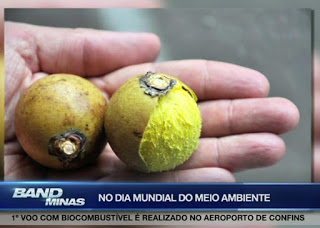
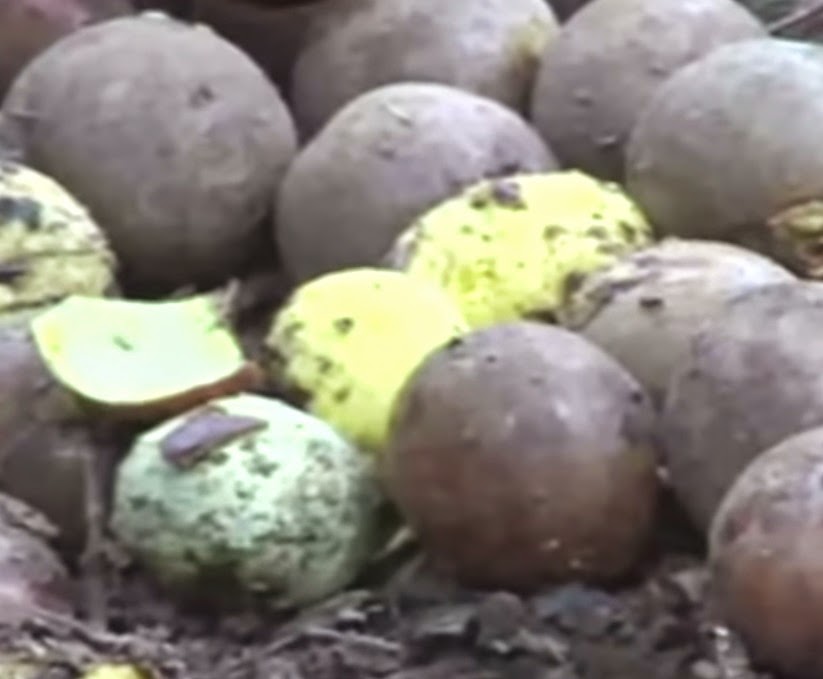
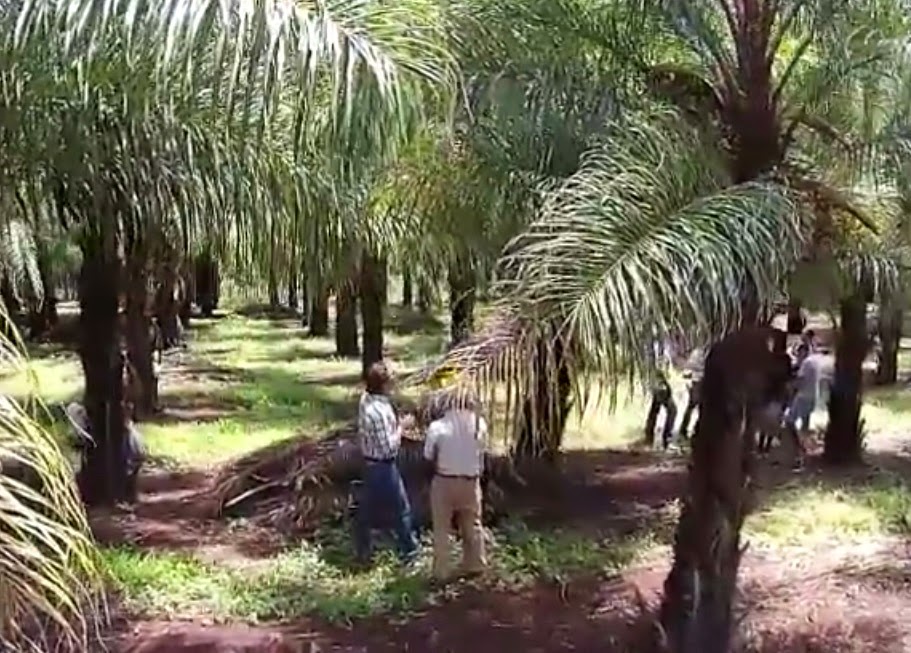

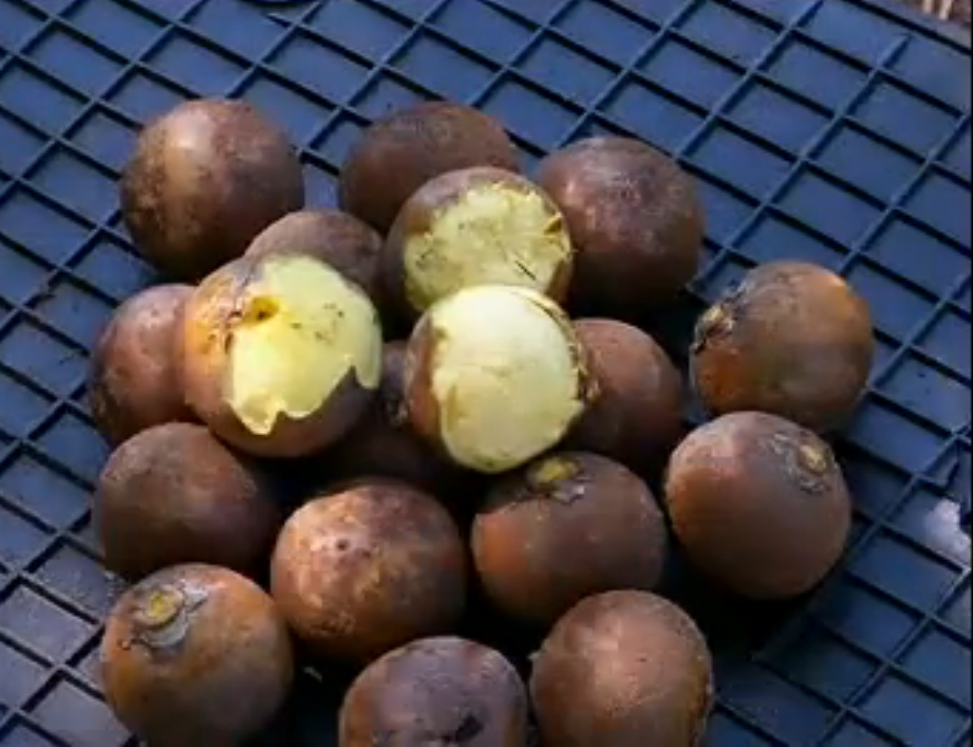
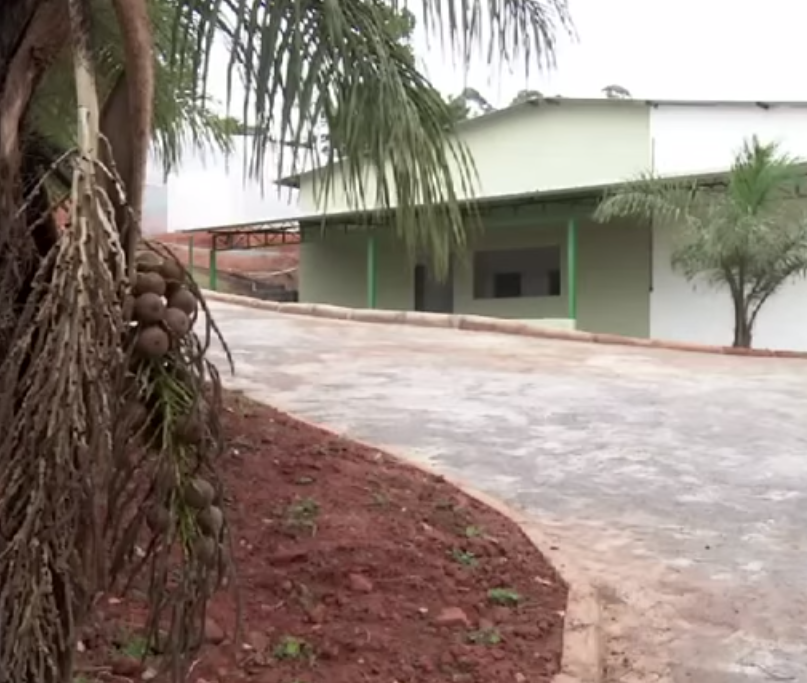
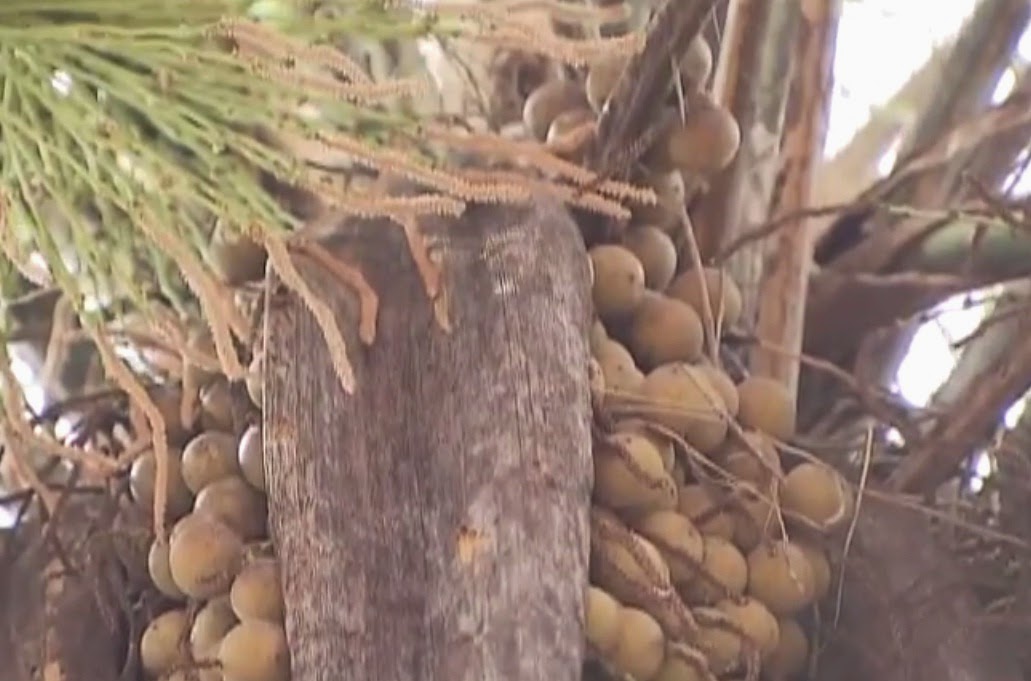



0 comentários
Agradecemos seu comentário! Volte sempre :)